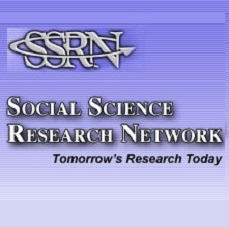V. DISCUSSION AND CONCLUSION
Our results provide novel empirical evidence on determinants that explicitly drive the usage intensity of IAF results by the EA. We examine this issue first from a CAE perspective and validate our results using additional data from EAs. As described above, the reliance and cooperation decision of an EA is based on numerous visible and invisible factors. Our research approach culminated in a model that includes a new IAF realiance category, namely specific purposes of the IAF, in order to describe the (measurable) cooperation between the IAF and the EA. We distinguish between assurance-related purposes and advisory-related purposes of the IAF. This approach allowed for a more detailed insight and understanding of the cooperation between the IAF and the EA.
Depending on the purpose of use, we observed different results. From a CAE’s perspective, the findings document that if IAF results are used regularly for assurancerelated purposes, e.g. the internal control system or the risk management system, the EAs use the IAF results more intensively. Evaluating the internal control system quality is an activity that is provided by both the IAF and EA, although both have different objectives and scopes. An IAF with one major field of work in the area of internal control system stands for a high-quality IFA which in turn appears to lead to a more intensive use of the IAF results. The EA can gain possible efficiency gains, because he/she can use IAF results and therefore can probably reduce his/her testing procedures in this regard. We also identified a similar effect with regard to risk management purposes. Both IAF and EA consider the risk management system in their respective audit, again with different objectives and scopes. Only a functionally and well-implemented risk management system can minimize all kinds of risks over the long run. Thus, EAs as well as the IAF are interested in a well-functioning risk management system, especially if the board and managements see the importance of risk management. The strong focus on risk management of the IAF implies a high-quality IAF which in turn explains the more intensive use of the IAF results.








